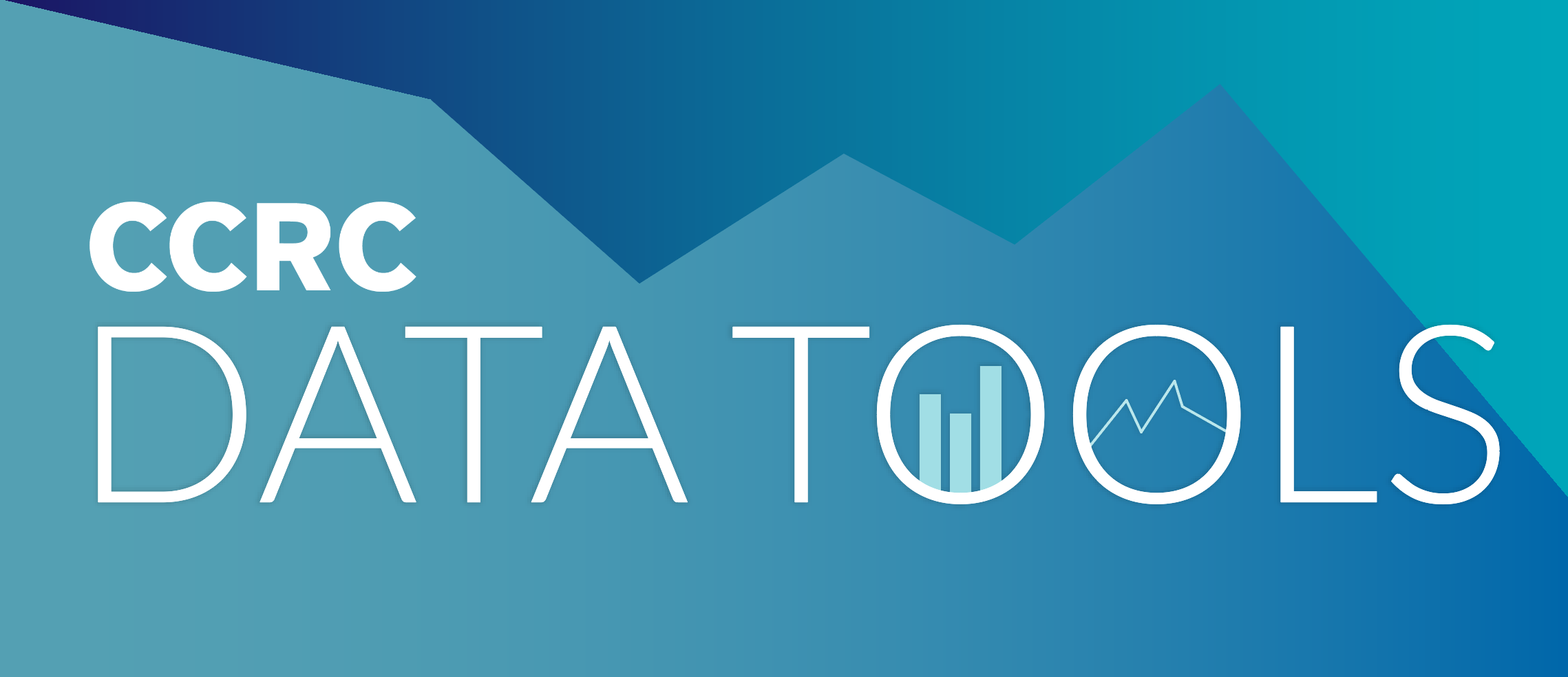Community colleges have always had to be nimble and resourceful. But five months after locking their doors and sending students home due to COVID-19, colleges are being called on to continue their educational missions while confronting concerns about the health of students and staff, actual or potential budget cuts, and stubborn uncertainty around what community college education will look like this fall and beyond.
As we strive to find practical ways to help colleges cope this fall, we must also focus on the long-term impact on the health and survival of these critical institutions.
The CARES Act was a good first step that quickly provided resources to help colleges with emergency relief to students and the sudden shift to remote instruction and services. Unfortunately, the funding formula for higher education institutions placed community colleges at a disadvantage by distributing money based on full-time equivalent students. Nearly two-thirds of community college students attend part-time, and they are more likely to be low-income students of color, supporting their own families, and working in occupations with a higher risk of contracting COVID-19. These students need more support, not less.
The next federal relief bill should take a different approach that more fairly distributes aid to community colleges. Advocates are pressing Congress to boost funding for colleges overall and to change the formula to provide more money for colleges serving low-income students, in particular by using unduplicated headcount instead of full-time equivalent enrollment. We believe this is a more rational and equitable approach.
Regardless of whether students are full- or part-time, they need similar levels of services. Few elements of the educational enterprise cleanly scale up or down based upon the number of courses a student takes. Colleges must maintain their campuses, staff administrative offices, and invest in technology to serve all of their students. While part-time students may use fewer classroom hours than a full-time individual, they need just as much—if not more—student support services, advising, and other forms of assistance. And because the part-time students at community colleges are more likely to be low-income and supporting families with low-wage jobs, they also need the direct aid that the federal government provided to colleges for students.
Community colleges are already underfunded compared with four-year public colleges, and they serve populations that have been disproportionately affected by COVID-19, including Black, Latinx, and Native American students. The colleges are well positioned to help their students, their communities, and the nation recover, but we need to invest in them so they can take on the challenge. This scale of the COVID crisis demands a robust federal response.





